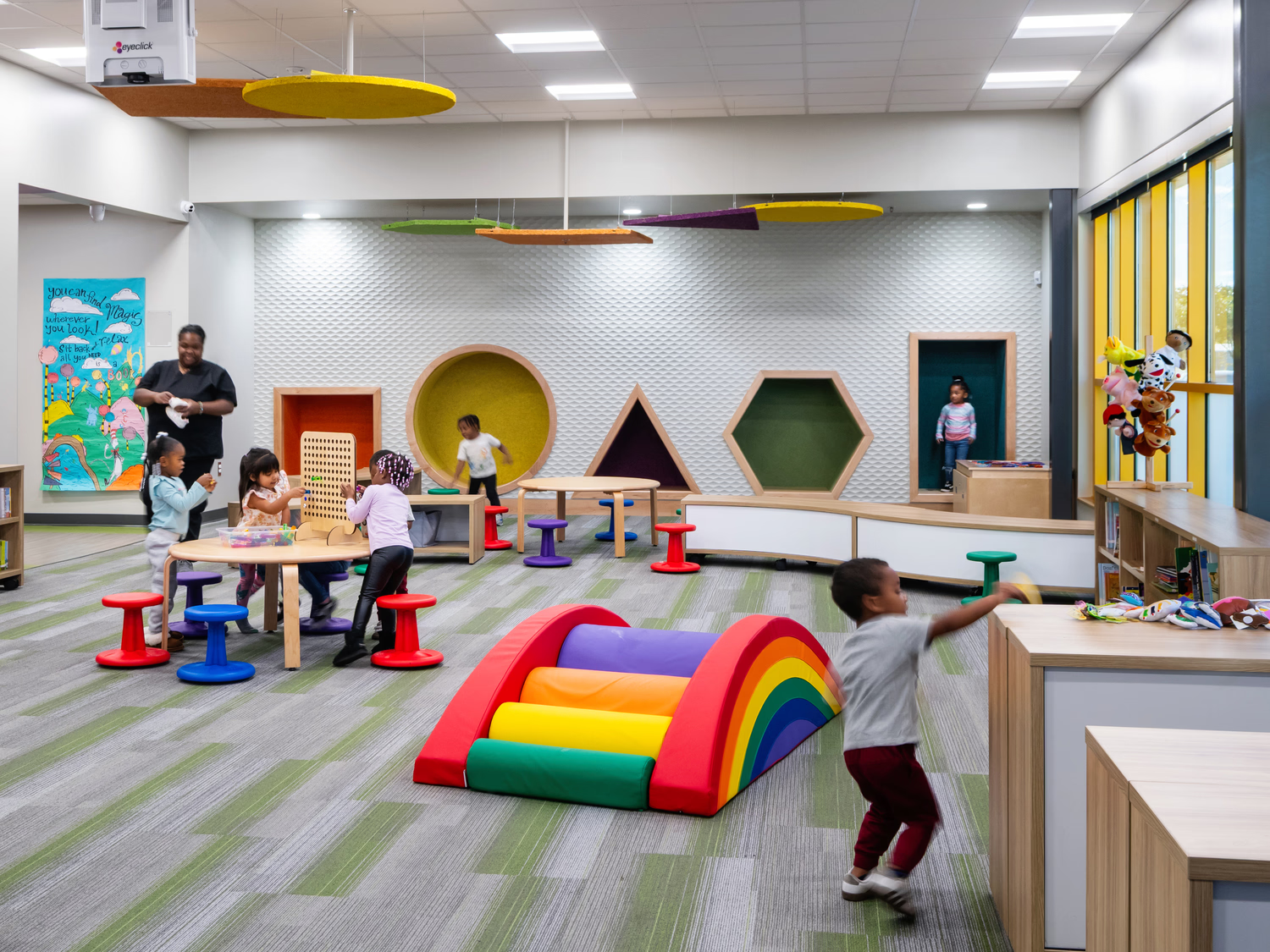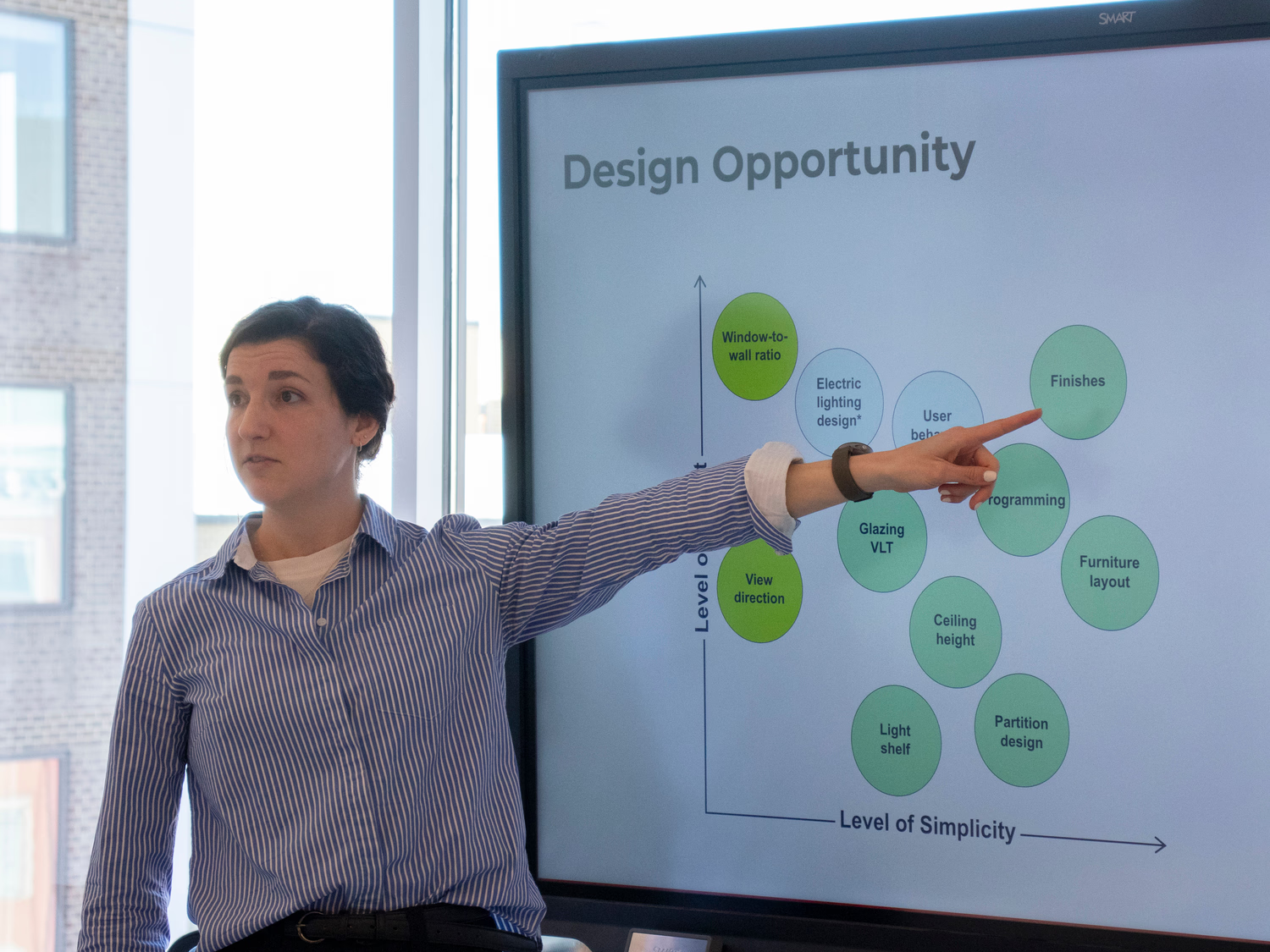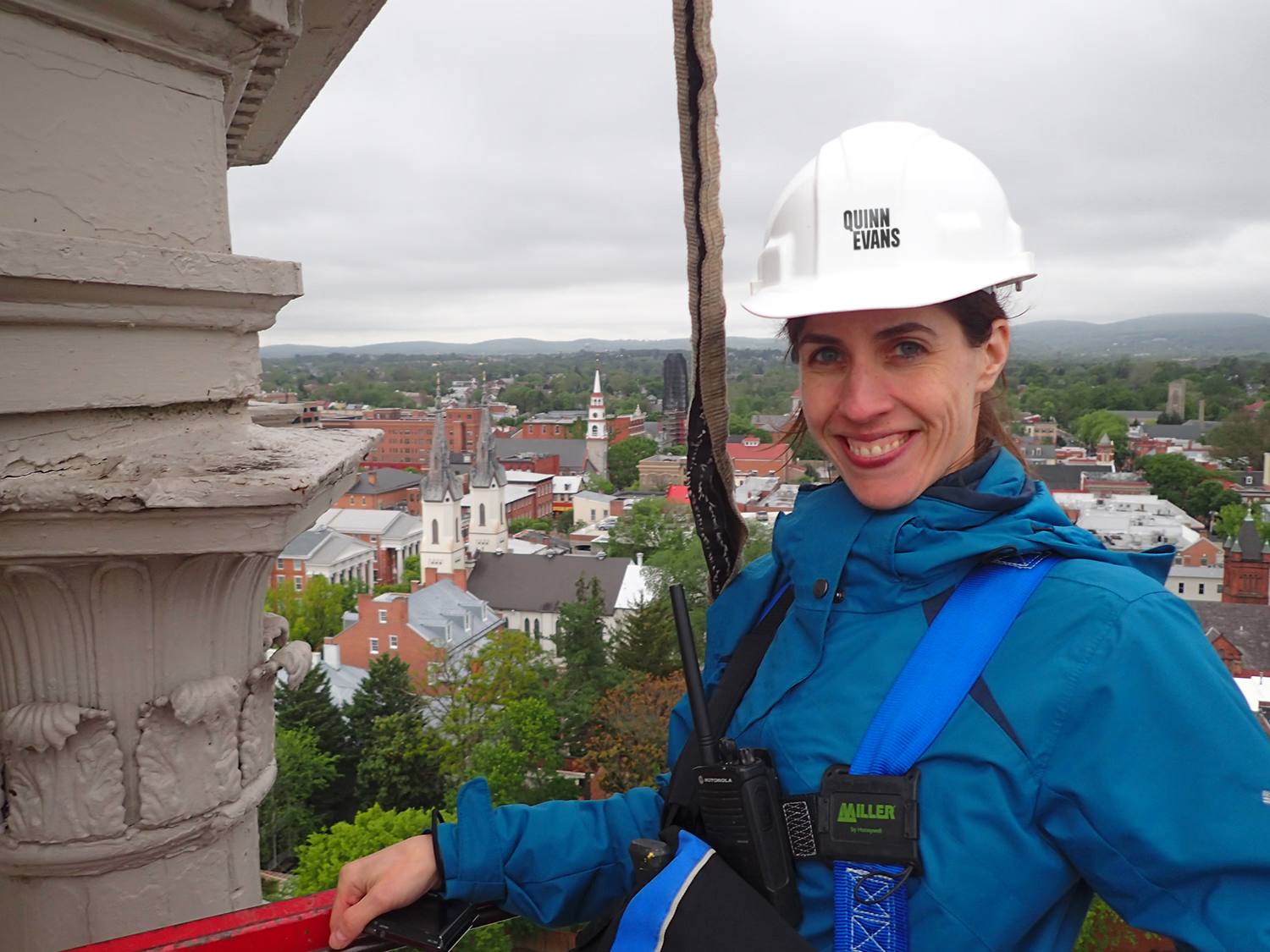The John F. Kennedy Center for the Performing Arts, better known as the Kennedy Center, is a renowned performing arts venue in Washington, D.C. Named in honor of President John Kennedy, the Center serves as a national cultural landmark and a living memorial to the late president.
The original building, with its distinctive white marble façade and a grand foyer, was designed by architect Edward Durell Stone. It opened in 1971 but faced financial constraints during its construction, leading to later modifications and additions, including the Terrace Theater addition.
.jpg)
Over the years, the Kennedy Center has faced the challenges of preserving its cultural heritage while adapting to evolving technical, accessibility, and creative demands. Updating the Center's theaters is continuous and essential to keep the venues technologically current, accessible, safe, and aligned with the evolving needs and preferences of both performers and audiences.
Through a series of projects across 26 years, Quinn Evans has worked with the Kennedy Center to revitalize its physical infrastructure and help foster a sense of inclusivity and accessibility, ensuring its enduring legacy as a thriving hub of artistic expression. In this time, we have renovated the Kennedy Center's four largest venues: the Concert Hall, Opera House, Eisenhower Theater, and Terrace Theater.
Evolving needs in performance spaces
With the leadership of Leora Mirvish, AIA, LEED AP, and Larry Barr, FAIA, Fitwel Amb., our team designed and installed new wood panels alongside existing paneling in the Eisenhower Theater to both update the look of the space and to cover new infrastructure that was required to modernize the venue's technical capabilities. Building on that experience and collaborating closely with acousticians, the team also designed and installed 500 custom curved wood panels in the Terrace Theater to effectively modulate sound reflection and diffusion. This solution, along with deployable fabric drapes and retractable banners that dampen or allow different reverberations, accommodates diverse performance styles while ensuring efficiency within the project budget. These approaches allowed both the Terrace Theatre and the Eisenhower Theater to evolve past the acoustical challenges presented by the original design.

Expanding accessibility
Going beyond mere compliance with ADA standards, Quinn Evans' approach to accessibility has evolved into a comprehensive strategy for inclusivity. All four Kennedy Center projects were meticulously planned to ensure increased accessible seating, improved navigation, and incorporation of flexible acoustics, making the Kennedy Center a welcoming space for diverse performances and patrons.
Our vision was to change the space into a place where there are more opportunities for people to engage and be a part of the production. It wasn't just about a one-size-fits-all approach; it was about creating a truly inclusive environment.
In the Opera House project, the design included better accessibility for patrons with disabilities, including seating and viewing enhancements. In the Eisenhower Theater, the orchestra-level floor slab was reconstructed, and the first tier of seating and boxes were reconfigured to allow for wheelchair access. Accessibility improvements were made to public restroom areas, and tactile wayfinding systems were installed throughout the Kennedy Center.
In the spirit of enhancing accessibility, the Terrace Theater benefited from a larger seating area in the rear, adding new cross-aisles and boxes while reducing the slope near the stage to provide more than twice the accessible seats required under ADA guidelines.
In addition to physical access, we also focused on enhancing sensory accessibility by incorporating assistive listening devices into existing infrastructure. This improved the acoustic experience for individuals with hearing impairments without disrupting the look of the theater.
To address visual accessibility, we carefully balanced the need for adequate illumination with the preservation of historic lighting fixtures and architectural elements. By incorporating adjustable lighting fixtures and integrating them into the theater's design, they were able to create a more inclusive and visually appealing environment.
The result is a beautiful space that respects the historical significance of the theaters while creating a more welcoming environment for all patrons.
Diminishing cultural barriers
Promoting cultural inclusivity is also a key aspect of accessibility at the Kennedy Center and other performing arts spaces. It goes beyond breaking down physical barriers; it also involves dismantling cultural obstacles. Different performances attract diverse audiences, and architecture and design play a vital role in making these audiences feel welcome. Clear wayfinding, good lighting, appropriate acoustics, and consideration of space size are essential in encouraging patrons unfamiliar with traditional theater design.
The goal for the Kennedy Center and, by extension, the architects and designers shaping its spaces is to redefine the theater experience for the Kennedy Center. That means extending outreach beyond the theater by incorporating exhibit and storytelling spaces that connect its rich history with the community. These efforts have not only made the Kennedy Center accessible but also culturally enriching and highly relevant to a broader range of patrons.
Flexible spaces for adaptability
The types of performances hosted by the Kennedy Center have changed over the years based on cultural trends and audience preferences. The theaters need to adapt to accommodate various performance genres, from classical music to televised award shows to contemporary theater, and provide appropriate settings for each. It means thinking flexibly to ensure that the theater spaces can adapt to whatever is next in performing arts.
One way we contributed to the creation of flexible performing arts spaces at the Kennedy Center was by incorporating movable walls and partitions. These elements allowed for the easy reconfiguration of spaces, enabling the Kennedy Center to accommodate a wide range of events, from small-scale performances to large-scale productions.

We also worked closely with the Kennedy Center to create spaces that foster collaboration and experimentation. By incorporating flexible rehearsal studios and multi-purpose areas, we provided artists with spaces to explore and refine their craft. These dedicated spaces allowed for the development of new works, workshops, and educational programs, further enriching the artistic community at the Center.
Preservation and stewardship
Preserving the rich heritage of the Kennedy Center while meeting contemporary needs requires a delicate and thoughtful approach. Every space within the Center was meticulously evaluated, with a keen focus on safeguarding historical elements that defined its essence. At the same time, modern designs were seamlessly integrated to enhance intimacy and visitor experience. This effort resulted in diverse preservation approaches across the theaters.
The Opera House retained its iconic appearance while incorporating functional changes to better serve its purpose. In the Concert Hall, new lighting and a new color scheme were incorporated that continue and elaborate on the hall's existing architectural details and motifs. The Eisenhower Theater underwent a more transformative process while preserving certain elements to maintain its historic charm. Innovative design elements were introduced, such as new wood paneling overlaid with a fresh color. The balcony was extended to the sides, creating a sense of greater intimacy.
The Terrace Theater, Quinn Evans' most recent project at the Kennedy Center, underwent a significant reimagining. The redesign introduced entirely new features, including boxes and modular wood panel walls, transforming it into a space that meets contemporary standards while preserving its historical significance.
As always, we adhered to sustainable practices, using Forest Stewardship Council-certified wood and energy-efficient LED lighting to minimize energy consumption and heating gains. HVAC systems were optimized for energy efficiency, reducing outside air intake significantly, and changes to the restroom systems meant that despite a 25% increase in the number of toilets, the theater achieved a remarkable 46% reduction in water use.
Continuous improvement
The remarkable length of Quinn Evans' collaboration with the Kennedy Center has allowed for the successful knowledge transfer among our design team members. This internal knowledge sharing was instrumental in refining designs iteratively, ensuring that each project built upon the successes and challenges of its predecessors. This iterative approach not only elevated the quality of the work but also allowed us to address unique challenges with innovative solutions, showcasing the Center's commitment to continuous improvement and excellence.







